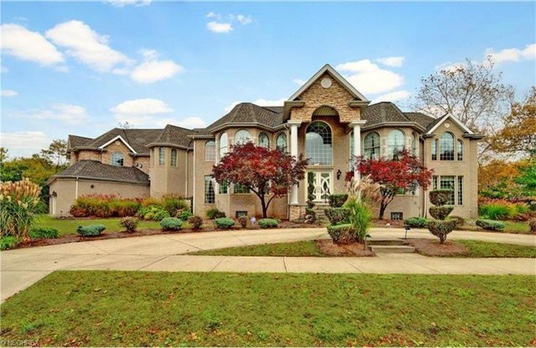
For years — 16 to be exact — I’ve been perplexed, and indeed aggravated, over the constant media mischaracterization of the neighborhood in which my family and I reside: Hough. Virtually every reference to Hough in the newspaper or on TV portrays my community as destitute and crime-ridden, something that is a flat-out falsehood. However, it finally struck me why this lie continues to be so relentlessly propagated.
But first allow me to set forth a number of facts: Yes, Hough, like most other inner city communities, has its share of poverty and crime. But by and large those negative activities are relegated to a particular section in the northernmost part of Ward 7 (where most of the residents don’t even consider themselves to be part of Hough). More importantly, crime statistics show that the area between E. 55th and 101st Streets, from Euclid to Lexington Avenues, is virtually as safe as any suburban community. Indeed, Hough is home to our current police chief Calvin Williams and the former head of the Cleveland office of the FBI.
One other statistic that’s consistently left out of the depictions of Hough is the number of new (I’m referencing those built in the last 20 years), upscale homes that have stabilized the neighborhood, homes in the price range of a quarter-million dollars and above. Indeed, one, built by my friend Ronnie Stevens, cost in excess of a million dollars. And the proof of the stability of this part of Hough lies in the fact that whenever one of the hundreds of newer homes goes on the real estate market, someone swoops in and buys it within a month or less — sometimes far less.
Why the continuation of all of the exclusively negative depictions of Hough in the mass media? It’s because the rebuilding of Hough is a story of a Phoenix rising from the ashes — the ashes of the July 1966 uprising — more commonly known as the “Hough Riots.” Indeed, the home I reside in sits on land that once was occupied by a raggedy, unkempt gas station that was an eyesore. But the majority media doesn’t care to admit that something good can come out of a violent uprising. That might give people in struggling, poverty-stricken communities ideas of how they too can accomplish what happened in Hough: “instant urban renewal.”
Don’t get me wrong, I abhor violence in all of its iterations. I am, and always have been, a committed pacifist. When my friends were being drafted to go to Vietnam, at age 20 I was making plans to hightail it to Canada if my number came up in the draft. As Muhammad Ali famously said when refusing to be inducted into the military, “Ain’t no Vietnamese ever called me ‘nigger.’” Likewise, the military adventurisms our country engages in on foreign soil in the Middle East simply to keep gasoline below $3 a gallon; no way would I risk getting my ass blown off for that. Now, this doesn’t mean I’m not patriotic. If some foreign nation attacked our shores, I’d be right there on the frontline defending the homeland. But I’m not looking to go halfway around the globe to pick a fight. So I took no delight in the violent uprising that occurred in Hough 50 years ago.
But, with that said, it’s hard to ignore the concrete fact that uprisings — yes, even violent ones that result in conflagrations — can have utility. Can any honest person deny that the uprisings in Ferguson, MO over the killing of unarmed Michael Brown didn’t eventually push the country in the right direction in regards to finally beginning to address police brutality?
However, it’s still a sad commentary on our nation — and the intransigence of an uncaring status quo — that minority citizens have to occasionally engage in violent uprisings to be heard, to have their legitimate grievances addressed. It’s a tactic voiceless people all over the world eventually engage in, and it speaks more to the fault of the oppressors than to the actions of the oppressed.
So, it took me 50 years to have this epiphany: That the majority culture will never ever admit or acknowledge the fact that good can come from bad — that a neighborhood of beautiful new homes like those in Hough can spring up out of the ashes of violence, simply because those in the majority are afraid to do so.
But at least I now know why all of the progress that has been made in my beloved Hough will never be given its just due in the media: Because it demonstrates that people of color can take their fate (and communities) into their own hands and make them successful — and as we say in the ’hood, “I’m cool wit dat.”

From Cool Cleveland correspondent Mansfield B. Frazier mansfieldfATgmail.com. Frazier’s From Behind The Wall: Commentary on Crime, Punishment, Race and the Underclass by a Prison Inmate is available again in hardback. Snag your copy and have it signed by the author by visiting http://NeighborhoodSolutionsInc.com.
One Response to “MANSFIELD: An Epiphany — 50 Years Later”
Kathy Wray Coleman
Good article Mansfield, an informative.